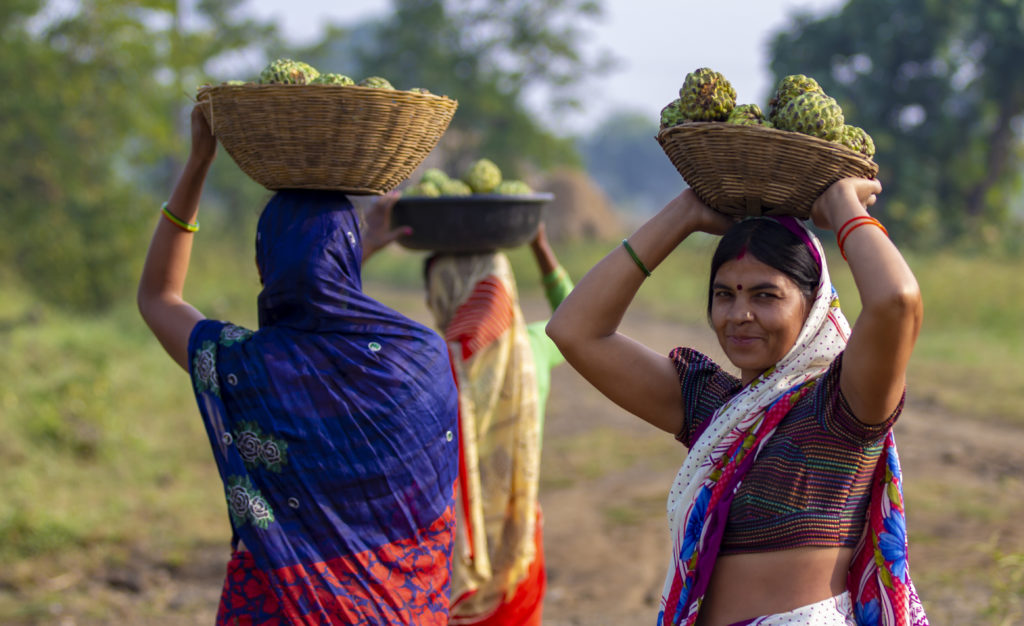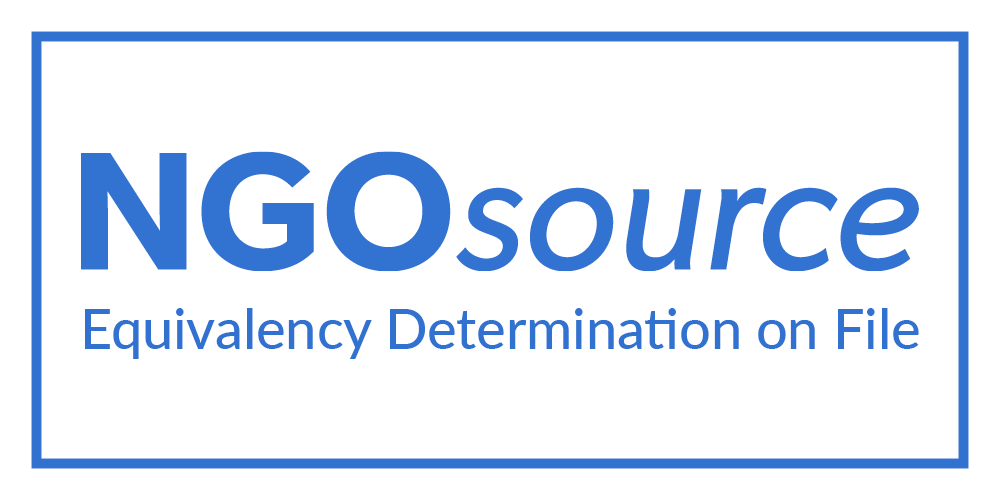Bastar Se Bazaar Tak promotes custard apple and other forest produce, such as tamarind, black plum (jamun), and spicy mango powder (amchoor). The new Women on Wings’ business partner from Chhattisgarh, central India, aims to provide employment opportunities and additional income to tribal – mostly women – farmers.
Forest produce from farm to kitchen
The mission of the private limited company Bastar Se Bazaar Tak (which means ‘from Bastar to the market’) is to supply high-quality processed forest produce to urban consumers at a fair price, while reducing post-harvest losses for farmers. The produce is pure, without any added substances. Bastar Se Bazaar Tak aims to realize its mission through post-harvest management, value addition, and marketing of processed food products.
Additional income for women
Chhattisgarh is a heavily forested state in central India with a tropical climate. It is considered one of the country’s poorest, but also one of the fastest-developing states. Over 30% of its population belongs to the tribal community. In the Bastar district most of the tribal farmers live in dense forest areas, and their livelihoods depend upon agriculture and forest produce. However, the farming provides employment for only part of the year in this region due to the harvesting seasons. Bastar Se Bazaar Tak aims to fill in the gap in available work and provide additional income for women farmers in Bastar’s district through non-farm work like food processing.
The partnership
Women on Wings and Bastar Se Bazaar Tak are collaborating on their joint goal of increasing the number of jobs and create livelihood opportunities for women in rural India where the social enterprise is working through its partners. Bastar Se Bazaar Tak is founded by Haresh Kashyap, a progressive farmer with over thirty years of farming practices experience. Co-founder is Satendrasingh Lilhare, who brings grassroots experience on farm and forest value chain models, and a passion for working with small and marginalized farmers on enterprise based livelihoods models.


